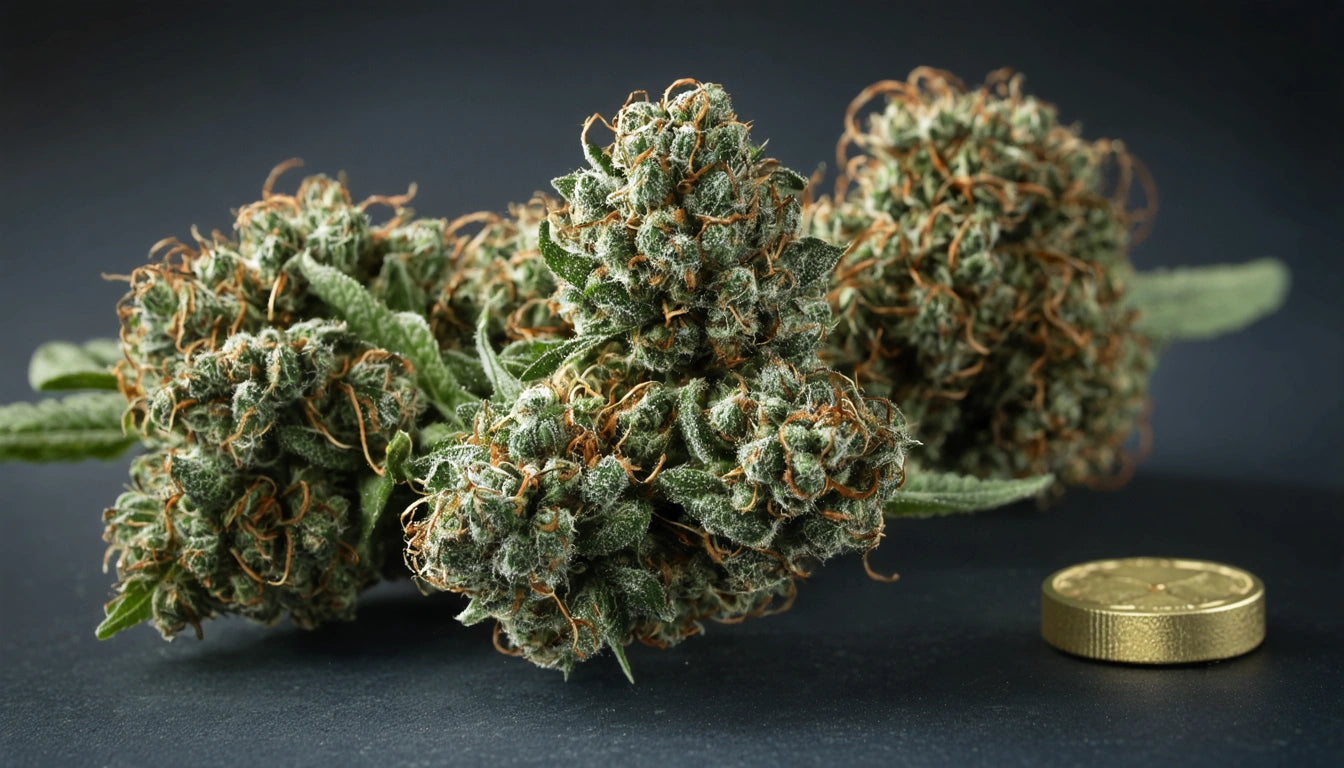Table of Contents
Understanding the Side Effects of Cannabis Use
Cannabis use has become increasingly common as legalization spreads across the United States and globally. While many users report positive experiences with marijuana, understanding what are the side effects of cannabis is crucial for making informed decisions about consumption. These effects can vary widely based on factors including dosage, consumption method, individual physiology, and the specific cannabis strain used.
Common Short-Term Side Effects of Cannabis
The immediate effects of cannabis typically begin within minutes of inhalation or hours after ingestion and can last from 1-3 hours or longer depending on the method of consumption.
Psychological Effects
- Euphoria and relaxation
- Altered perception of time
- Impaired short-term memory
- Difficulty concentrating
- Anxiety or paranoia (especially in high doses)
- Altered judgment and decision-making
Physical Effects
- Red eyes
- Dry mouth ("cotton mouth")
- Increased appetite ("munchies")
- Increased heart rate
- Decreased blood pressure
- Impaired coordination and motor skills
- Drowsiness
Studies examining marijuana's effects on the body and mind show these reactions are primarily caused by THC interacting with the endocannabinoid system, which regulates numerous physiological processes.
Long-Term Health Impacts of Regular Cannabis Use
With continued heavy use, cannabis can lead to several potential long-term health concerns:
Respiratory Issues
Smoking cannabis can irritate the lungs and lead to symptoms similar to those experienced by tobacco smokers. When considering what are negative effects of smoking weed specifically, respiratory concerns top the list:
- Chronic bronchitis
- Cough and phlegm production
- Increased risk of lung infections
Many consumers are switching to alternative consumption methods to mitigate these risks. For businesses serving these customers, proper storage solutions like airtight mylar packaging help maintain product freshness while protecting from contaminants that could exacerbate respiratory concerns.
Cognitive Effects
Long-term, heavy cannabis use has been associated with:
- Memory problems
- Difficulty with complex cognitive tasks
- Reduced attention span
- Potential IQ reduction with heavy adolescent use
Research from studies on potential dangers of cannabis suggests these effects may be more pronounced when use begins during adolescence when the brain is still developing.
Mental Health Considerations for Cannabis Users
Does weed have side effects on mental health? Research indicates several important considerations:
Anxiety and Paranoia
While some users report cannabis helps manage anxiety, others experience increased anxiety or paranoia, particularly with high-THC products. This paradoxical effect depends on:
- Individual sensitivity
- Dosage
- THC:CBD ratio
- Setting and mindset during use
Link to Psychosis
Research suggests a complex relationship between cannabis use and psychotic disorders:
- Increased risk of psychotic episodes in predisposed individuals
- Earlier onset of symptoms in those with genetic vulnerability
- Higher risk with high-potency products
Studies on cannabis and psychological states indicate that THC can trigger or worsen symptoms in vulnerable individuals.
How Cannabis Affects Different Body Systems
When examining what is the side effects of weed across various body systems, several patterns emerge:
Cardiovascular System
- Temporary increase in heart rate
- Blood pressure fluctuations
- Potential increased risk of heart attack in vulnerable individuals
Reproductive System
- Potential reduction in sperm count and motility
- Irregular menstrual cycles in some women
- Possible pregnancy complications with heavy use
Digestive System
- Increased appetite
- Potential for nausea relief (medical application)
- Cannabinoid hyperemesis syndrome in some chronic users
The variety of effects across body systems explains why determining if cannabis is "good" or "bad" requires nuanced consideration of individual health factors.
Risk Factors and Individual Responses to Cannabis
What are side effects of cannabis that might affect certain individuals more severely? Several factors influence personal risk:
Age of First Use
Adolescent brains appear particularly vulnerable to cannabis effects, with studies showing greater impact on:
- Cognitive development
- Educational outcomes
- Risk of dependence
Genetic Factors
Genetic variations affect how individuals process cannabinoids, influencing:
- Metabolism rate of THC
- Sensitivity to effects
- Vulnerability to psychological side effects
Pre-existing Conditions
Certain health conditions may be exacerbated by cannabis use:
- Heart disease
- Psychiatric disorders
- Lung conditions
- Pregnancy
Understanding these risk factors helps consumers make informed decisions about whether cannabis use aligns with their health profile.
Harm Reduction Strategies for Cannabis Consumers
For those who choose to use cannabis, several approaches can minimize potential negative effects:
- Start with low doses and gradually increase if needed ("start low, go slow")
- Choose products with balanced THC:CBD ratios
- Consider non-smoking consumption methods
- Avoid mixing with alcohol or other substances
- Use in safe, comfortable environments
- Maintain cannabis-free days to prevent tolerance
- Store products properly to maintain potency and prevent accidental consumption
As research on cannabis effects continues to evolve, consumers benefit from staying informed about both potential benefits and side effects. Does weed have any side effects that are permanent? Current evidence suggests most acute effects are temporary, though heavy, long-term use may lead to more persistent changes, particularly when beginning in adolescence.
By approaching cannabis use with awareness of potential side effects, consumers can make choices that align with their health goals and minimize unwanted outcomes.











Leave a comment
All comments are moderated before being published.
This site is protected by hCaptcha and the hCaptcha Privacy Policy and Terms of Service apply.